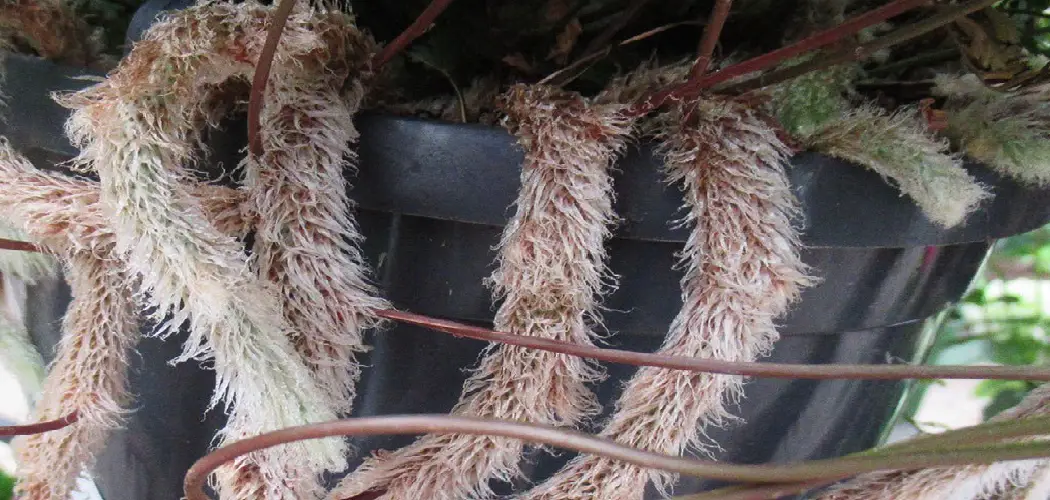There is something undeniably charming about the gentle hop of a rabbit across your backyard. Rabbits bring a sense of tranquility and liveliness to outdoor spaces while also nurturing a closer connection to the natural world. Whether you’re a nature enthusiast, a parent looking to spark your children’s interest in wildlife, or simply want to enrich your landscape’s biodiversity, learning how to attract rabbits to your yard can be both rewarding and enjoyable.
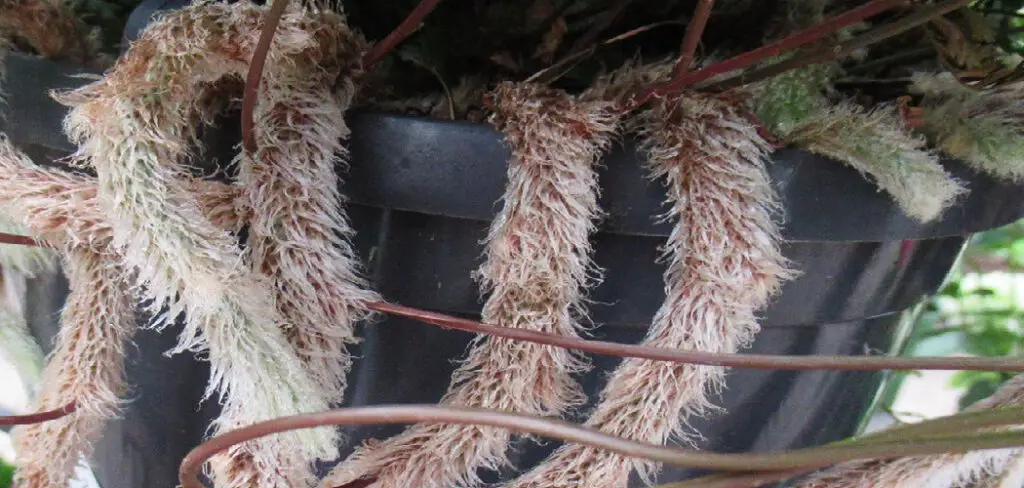
Attracting rabbits supports natural lawn care, provides an ever-changing view of wildlife, and can even help with organic waste breakdown in your garden. This comprehensive guide outlines the best practices, step-by-step, to make your yard a welcoming refuge for these delightful visitors.
Understanding Rabbit Behavior and Habitat Needs
Creating a space that rabbits love begins with understanding what drives their choices for food, shelter, and safety. Rabbits are creatures of habit, and their daily needs shape their reasons for visiting certain yards.
What Attracts Rabbits to a Yard?
Rabbits are naturally drawn to environments that promise safety, plentiful food, and comfortable nesting spots. They favor grassy lawns, lush foliage, and garden beds where tender greens, clover, and edible weeds flourish. Dense plant cover and hidden corners shield them from predators like hawks and neighborhood pets. The availability of water and a variety of plants throughout the year makes a particular garden especially attractive.
Rabbit Dietary Preferences
Rabbits are herbivores, and their diets shift with the seasons. Fresh grass, clover, leafy greens, dandelions, and certain vegetables form the bulk of what they seek. Young shoots and tender stems are irresistible. Plants like carrots, lettuce, cabbage, and herbs such as parsley or cilantro provide delectable treats. Understanding these preferences helps you select the right plantings.
Shelter and Safety Needs
While food is important, shelter is essential. Rabbits seek out spaces that offer robust cover—thickets, shrubbery, and ground-level hiding spots allow them to evade predators. Brush piles, hedges, and the lower branches of evergreen trees offer favored protection. Providing access to these natural features, or simulating them, encourages rabbits to linger in your yard.
Benefits of Attracting Rabbits to Your Yard
Attracting rabbits brings subtle yet meaningful benefits. Beyond their soothing presence, rabbits play a role in cutting grass and managing weeds, acting as natural “lawn mowers.” Their droppings return organic nutrients to the soil, supporting healthy plant development. As a prey species, they also support the local ecosystem, feeding birds of prey and predatory mammals, thus enriching the natural cycles of your landscape.
Preparing Your Yard for Rabbits
Before inviting rabbits into your yard, it helps to assess your landscape’s readiness and make a few essential adjustments to ensure their safety and comfort.
Assessing Your Current Yard Conditions
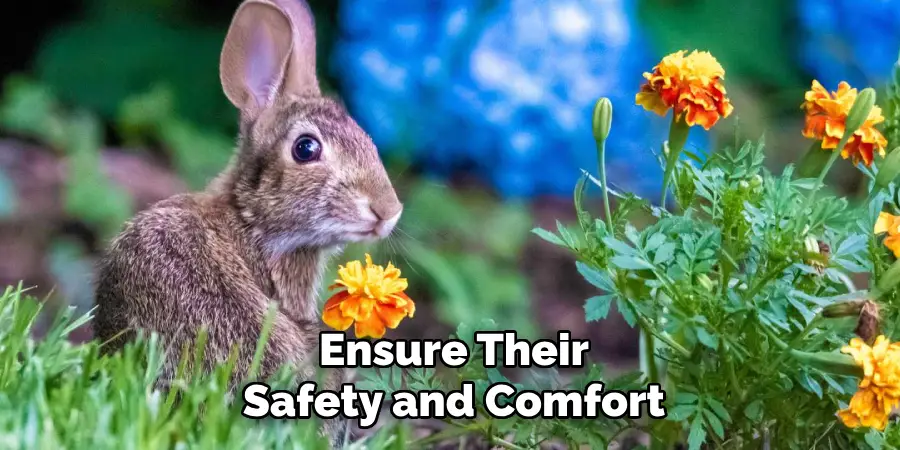
Start with a walkthrough of your outdoor space. Are there patches of open grass and clover? Do hedges or brambles create quiet corners? Look for areas that offer both sun and shade, as rabbits like to alternate between basking and hiding. Ensure you have mature bushes, raised garden beds, or even mulched areas—these are all indicators your yard could easily support rabbit visitors.
Ask yourself a few questions:
- Are there existing hiding places or could you add more?
- Are there water sources?
- Are pets or frequent yard activities likely to frighten rabbits off?
By taking stock, you can better plan for the enhancements that matter most.
Basic Preparations to Welcome Rabbits
Safety is the foundation of any rabbit-friendly garden. Remove hazardous debris—sharp branches, wires, or anything they could become entangled in. Assess for chemical risks: avoid pesticides, herbicides, and synthetic fertilizers that could harm both rabbits and your family. Instead, opt for natural alternatives when possible.
Set aside an undisturbed corner where you minimize mowing or foot traffic. Adding a layer of mulch or woodchips provides comfortable, cool surfaces and cushions for delicate rabbit paws. If you have dogs or cats, consider ways to create a rabbit-only zone, perhaps with low fencing or shrubs that block direct access.
How to Attract Rabbits to Your Yard: Growing Rabbit-Friendly Plants
If you want to know how to attract rabbits to your yard, there’s no better strategy than to grow the plants they love most. Planting with rabbits in mind ensures a steady draw while also beautifying your landscape and boosting its biodiversity.
The Best Plants for Rabbits
Rabbits favor a mix of wild and garden-grown plants. Clover is a top favorite, as are grasses like fescue, Kentucky bluegrass, and rye. For vegetables, carrots (tender greens and roots), lettuce (especially loose leaf and romaine), spinach, peas, and radishes are popular. Herbs such as parsley, basil, and cilantro offer aromatic options.
When choosing flowers, opt for daisies, violets, and dandelions—many wildflowers double as food sources for rabbits. Just ensure none of your plant selections are toxic to rabbits; avoid foxglove, buttercups, and certain bulb flowers like tulips or daffodils.
Tips for Planting
- Intermingle rabbit-friendly plants with ornamental grasses or wildflower strips for a natural look.
- Avoid spraying plants with pesticides, even organics, as rabbits are sensitive to many compounds.
- Group plants into patches for easy grazing and shelter.
Planning a Rabbit Garden
Consider dedicating a section of your yard as a “rabbit garden.” This can be a raised bed, an edge along a fence, or an underutilized spot beneath shrubs. Plant in clusters to mimic natural foraging environments, and stagger plantings so that fresh greens are available nearly year-round.
Think seasonally: sow early greens in spring, then refresh the garden with hardy late-summer lettuce, carrots, and brassicas for autumn grazing. Leave some flower stalks, twigs, or deadwood behind to enrich the ecosystem and provide foraging shelter.
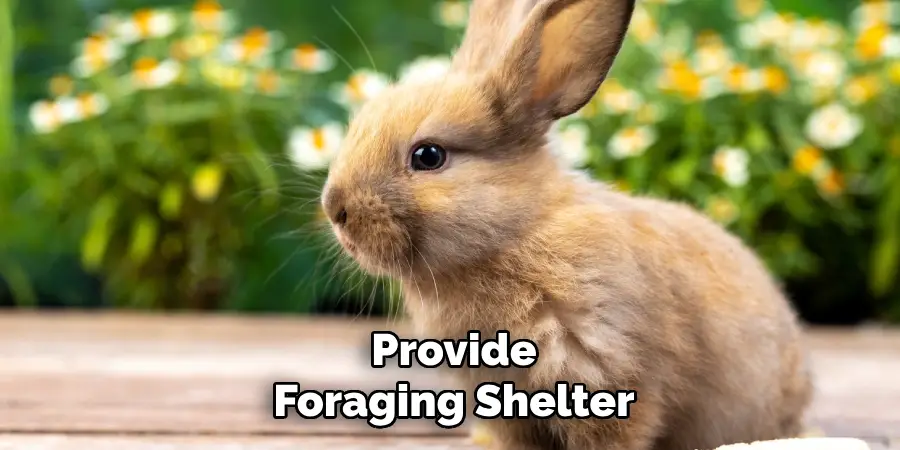
Providing Shelter for Rabbits
Shelter gives rabbits the confidence to visit and even raise young in your yard. Both natural and artificial options work well.
Natural Hiding Spots
Dense shrubs, juniper bushes, boxwoods, and the sprawling branches of mature evergreens provide natural hiding places. Let some areas grow a bit wild—tangled brambles and thick grass clumps shield rabbits from predators and the elements. Piling twigs, pruning debris, or leaves in a corner simulates the kind of ground cover rabbits love.
DIY Rabbit Housing
If your yard lacks natural shelter, consider building simple rabbit refuges. Wooden boxes flipped on their side with a hole cut in the end offer cozy retreats. Stacks of bricks, hollow logs, or old planter barrels also make excellent shelters. Position these homes in quiet, low-traffic areas, ideally facing away from prevailing winds and providing several escape routes. Add a layer of straw for warmth and comfort in cooler months.
Ensuring a Safe Environment
Safety is paramount. Even the most inviting garden will discourage rabbits if it feels risky.
Eliminating Hazards
- Remove toxic plants, as even curious nibbles can harm rabbit health.
- Secure chemicals, paint, or fertilizers out of reach.
- Cover or fence off ponds and water features with steep sides since rabbits can fall in and struggle to escape.
- Keep yard tools, wire fencing, and sports equipment stored away when not in use.
Mitigating Predation Risks
- Use dense, ground-level plantings that offer fast escape routes.
- Avoid completely open lawns—break up sight lines with shrubs, tall flowers, or decorative logs.
- If dogs or outdoor cats roam freely, designate pet-free zones using low fencing or prickly, animal-deterring plants.
Offering a Water Source
An often-overlooked step in how to attract rabbits to your yard is providing consistent access to fresh water. While rabbits may get much of their moisture from greens, a reliable water source increases your yard’s attractiveness, especially in dry spells.
- Shallow bowls or ceramic dishes placed at ground level work well.
- A small, gently sloped water feature or birdbath with a “bunny ramp” ensures access and prevents drowning.
- Refill and clean water containers regularly to prevent mosquitoes and algae.
If you live in a freezing climate, consider swapping bowls daily to ensure water is liquid in winter.
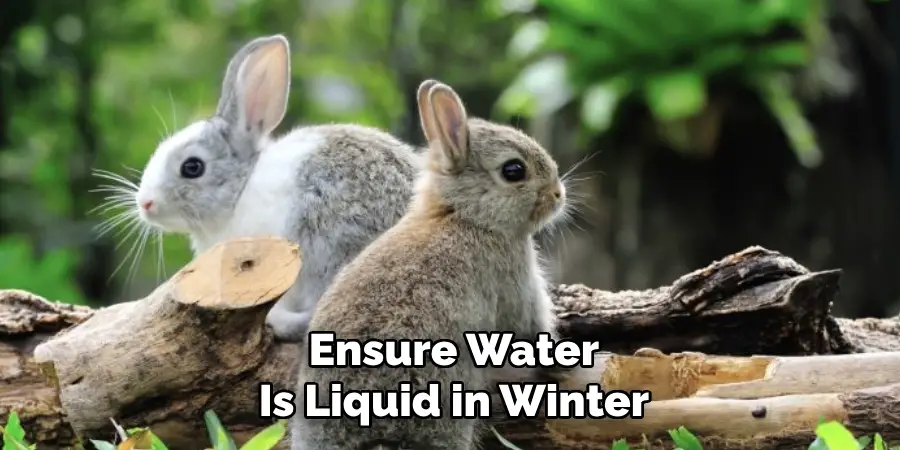
Avoiding Common Mistakes When Attracting Rabbits
Even with the best intentions, certain mistakes can undermine your efforts. Avoid these common pitfalls for rabbit-friendly success:
Overfeeding or Overcrowding
While providing food sources is key, overfeeding with purchased rabbit pellets can disrupt natural foraging habits. Too many food stations or excessively lush plantings may attract more rabbits than your yard (or your neighbors) can handle, leading to competition and increased disease risk.
Using Harmful Chemicals
Fertilizers, pesticides, and herbicides, even in small amounts, pose risks to delicate rabbit digestive systems. Always check labels and opt for organic, wildlife-friendly products. Compost and mulch can replace chemical treatments for healthy, rabbit-safe soil.
Overlooking Security
Forgetting to inspect the yard for hazards or leaving pets unattended can scare away or even harm rabbits. Regularly review your space, especially after storms or heavy yard work.
Managing Wildlife Coexistence
Inviting rabbits may mean additional wildlife visitors—some welcome, others less so.
Balancing Biodiversity

- Rabbits may attract predators such as foxes, hawks, or owls. While part of the natural cycle, take steps to balance risk: provide thick shelter and avoid leaving food in open, exposed areas.
- Small mammals like voles or field mice may share rabbit-friendly features. Monitor and adjust shelter locations if their presence becomes an issue.
- Be aware that introducing rabbits can affect garden beds—fencing off delicate crops protects your harvest without excluding your hopping guests.
A harmonious backyard adapts over the seasons—keep learning and adjusting for optimal coexistence.
Benefits of Rabbits to Your Ecosystem
Welcoming rabbits offers more than aesthetic pleasure—it enriches your entire yard.
Soil Aeration and Fertility
Rabbits dig shallow runs and scrapes, aerating the soil and improving water infiltration. Their droppings provide nutrients, fueling plant and microbial growth.
Pollination and Habitat Diversity
Their movements among flower beds help shake loose pollen and spread seeds. Rabbits also draw insect life, which supports birds and beneficial garden predators.
Building Ecological Balance
As prey animals, rabbits are central to food webs. They support biodiversity by providing meals for predatory mammals and birds, maintaining a healthy balance across the ecosystem.

Conclusion
Creating a rabbit-friendly yard isn’t just about attracting wildlife—it’s about fostering a vibrant, living landscape that supports both the animals you invite and the environment you share. By following these step-by-step guidelines on how to attract rabbits to your yard, you are building a space where nature flourishes and your own enjoyment blossoms. Remember to balance planting, shelter, safety, and water, while avoiding common mistakes and embracing the ebb and flow of natural visitors. Start making small changes today, and soon your yard will be hopping with life—a rewarding testament to your care and commitment for many seasons to come.

